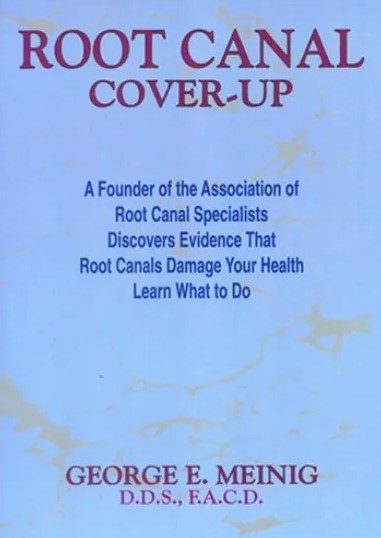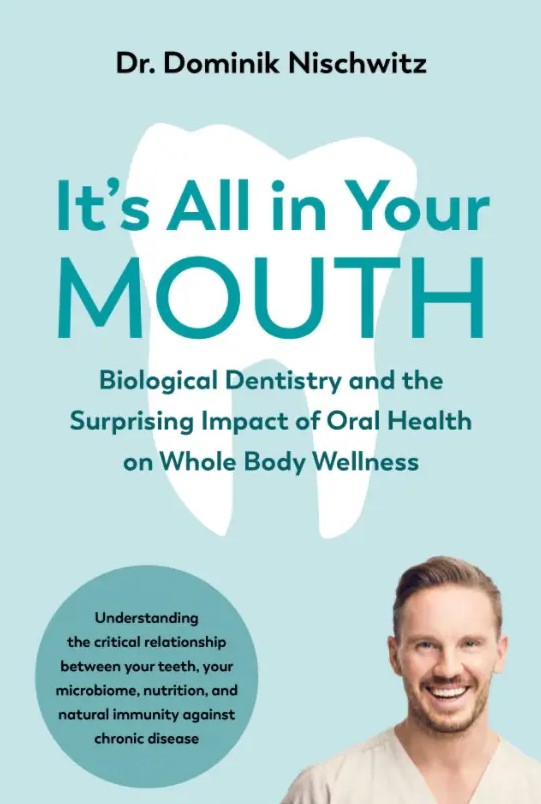Root Canal/Root Canal Removal
Then there is the issue of the root canal. Root canals are a way of preserving the tooth for future use. However, this tooth is now dead and can pose many problems. Since the tooth is dead, a person may have considerable infection or decay and feel no pain. In addition, the dead tooth can become an incubator for toxic anaerobic bacteria that has the potential to spread throughout the bloodstream causing other serious medical conditions.
There is an enormous variety and a large total number of different pathogens and other microbes found in and around the root tips of root canal-treated teeth. Fungi, viruses, protozoa and over 460 different types of bacteria have been identified in these infections. No two root canals have the same assortment of indwelling pathogens, and this is why no two root canals inflict the same degree of infectious/toxic damage to the body. Nevertheless, even the "least toxic" root canals can wreak havoc throughout the body.
Siqueira Jr J, Rocas I (2009) Diversity of endodontic microbiota revisited. Journal of Dental Research 88:969-981. PMID: 19828883
Tooth Meridian Chart
The Toxic Element Research Foundation (TERF), using state of the art DNA testing technology, identified multiple pathological bacteria found within root canal teeth, the bone adjacent to the teeth, and even more in extraction sites where healing has not taken place. (TERF, 2010)
Here are some of the bacteria found by clinical tests conducted by both TERF and other independent laboratories:
- Acinetobacter baumanii – linked to Pneumonia and Periodontal disease
- Gemella morbillorum – linked to invasive endocarditis, Meningitis & Arthritis
- Klebsiella – linked to pneumonia Lung infections, infections of the Urinary Tract, biliary tract & Osteomyelitis & Meningitis
- Porphyromonas gingivalis – Protein metabolism, Biofilms, leads to Bone destruction and Premature labor
- Pseudomonas aeruginosa – linked to Central Nervous System disorders, Endocarditis, Brain abscesses & increase in liver enzymes, Prosthetic heart valve invasion
- Streptococcus mitis – found in Strep Throat, Scarlet fever and linked to heart failure –
- Rhpumatir fpvpr - known to affect the heart, nerves, kidneys, brain, and sinus cavities.
- Capnocytophagaochraceavi – known to affect the heart, nerves, kidneys, brain, and sinus cavities.
- Fusobacteriumnucleatumvii – known to affect the heart, nerves, kidneys, brain, and sinus cavities.
- Leptotrichiabuccalis – known to affect the heart, nerves, kidneys, brain, and sinus cavities.
- Porphyromonas gingivalis ix – known to affect the heart, nerves, kidneys, brain, and sinus cavities.
- Veillonella parvula – pathology associated with heart disease and destruction of the Central Nervous System.
- Candida albicans – as it changes from yeast to the fungal state, it becomes invasive, causing small holes to occur in the intestinal tract resulting in „leaky gut syndrome?. Also increases porphyrin excretion in urine leading to reduced ATP and heme formation, thus reducing overall energy to cells of the nervous system.
- Capnocytophaga ochracea – can cause frontal lobe brain abscesses – associated with dental infections and diseases of the Central Nervous System
- Porphyromas gingivalis – alters the integrity of endothelium of blood vessels. Enhances atherosclerosis.
- Actinomyces naeslundii –associated with draining sinuses (generally clear up within a week of root canals and cavitation treatment)
- Candida albicans –associated with ALS
- Capnocytophaga ochracea –frontal lobe brain abscesses of dental origin – microbe thought to originate in dental decay.
- Gemella morbillorum –associated with meningitis.
- Neisseria meningitides –associated with seizures.
- Escherichia coli –and Staph aureus –are both capable of increasing porphyrins, which will cause less ATP to be available to neural tissues.
- Streptococcus intermedius –Cervical spinal cord abscesses –associated with high mortality and neurologic morbidity.
To check for "hidden infection" around a root canal tooth it is best to take a CBCT (cone beam x-ray). This allows Dr. Butler to see completely around the tooth, in the bone, and from multiple different angles to assess the health of the bone and the tooth root. Dr. Butler has invested in the latest CBCT technology so that you can be confident that you are receiving the lowest dose of radiation possible during this procedure.
Article on Breast Cancer and Root Canals
Root Canal Dangers - The Weston A. Price Foundation

